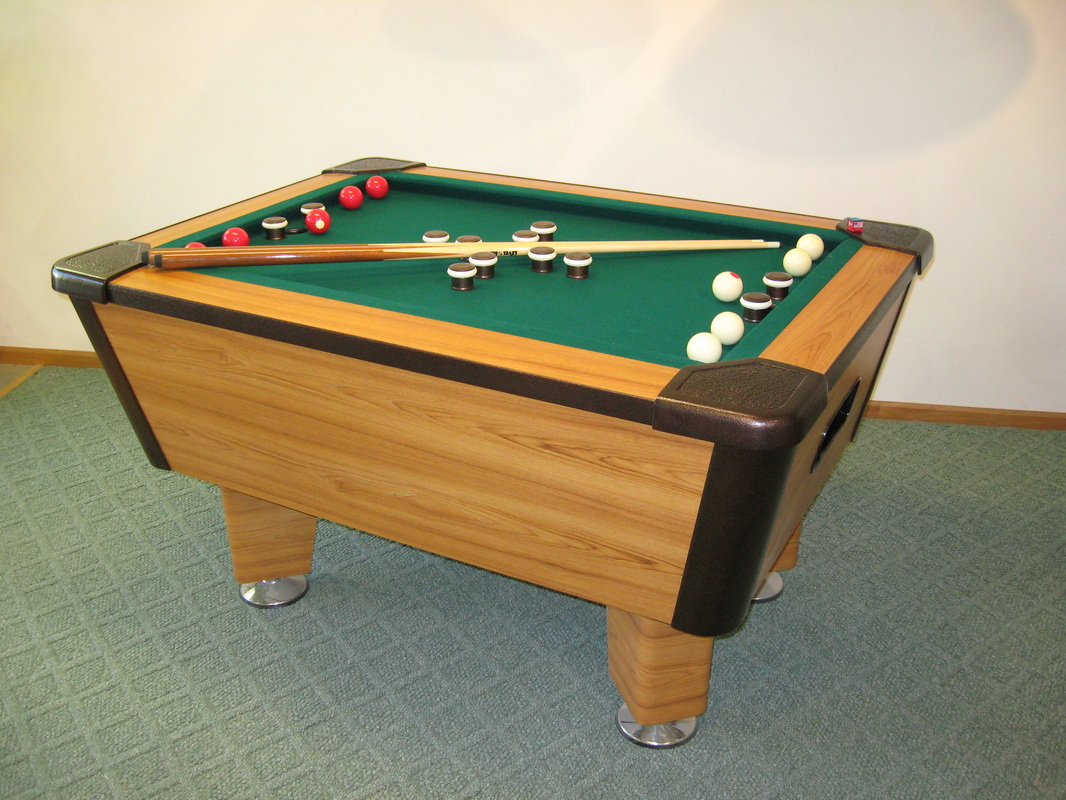
There are many options for pool balls, depending on who made them and what type of resin was used. Having a quality ball can make all the difference when playing pool, and is also important for achieving professional skills. You can count on your quality balls to last a long time.
The original pool balls were made from wood. As the game evolved over time, the ball manufacturers looked for alternatives to wood. In 17th-century England, pool balls were made out of ivory. It was popular due to its durability and smoothness. It was also quite affordable to make. Unfortunately, the elephant population started to decline in late 19th-century, so manufacturers began looking for alternative materials.

In 1907, Leo Baekeland, an American chemist, invented bakelite, a plastic that is made from polymers. Bakelite became the preferred choice for pool ball balls during the 1920s. Compared to celluloid balls, bakelite was less flammable and more durable. It was also easy to make and did not explode. While it is a type plastic, it is not as strong as today's resin. It is a thermosetting polymer that cannot melt again.
Next was a pool ball made of a mixture of alcohol and nitrocellulose. This plastic is still in use today. It is called phenolic resin. Phenolic resin is also used for circuit boards. It is the most popular resin for pool balls because it is strong and sturdy. The resin is used to make pool balls in a process similar to that of bakelite.
Polyester is another plastic that is used in pool balls. Polyester is less expensive than phenolic resin. It doesn't retain its shine for nearly as long, however, as phenolic. Additionally, polyester is not very long-lasting. Polyester pool balls tend to be less durable than those made from other materials. They don't last as long as phenolic or resin balls.
Saluc, a Belgian company that manufactured pool balls, started production in 1923. Saluc is best known for Aramith, a company that makes pure phenolic-resin balls. The resin used in Aramith balls is a combination of the properties of bakelite and phenolic resin. Phenolic resin is a thermosetting plastic that is usually very durable. It can last up 40 years. It can also be used to make volleyball ball, which can withstand upto 400 000 impacts.

Apart from the above, pool balls can also be made with other types plastic. Polyester pool balls, while being cheaper than phenolic resin balls, are less durable than phenolic. In addition, polyester pool balls will not last as long as phenolic resin pool balls. However, they can be purchased at a low cost and are durable enough for beginners. Although they are more expensive than phenolic resin pool ball, they are a good choice for tournaments.